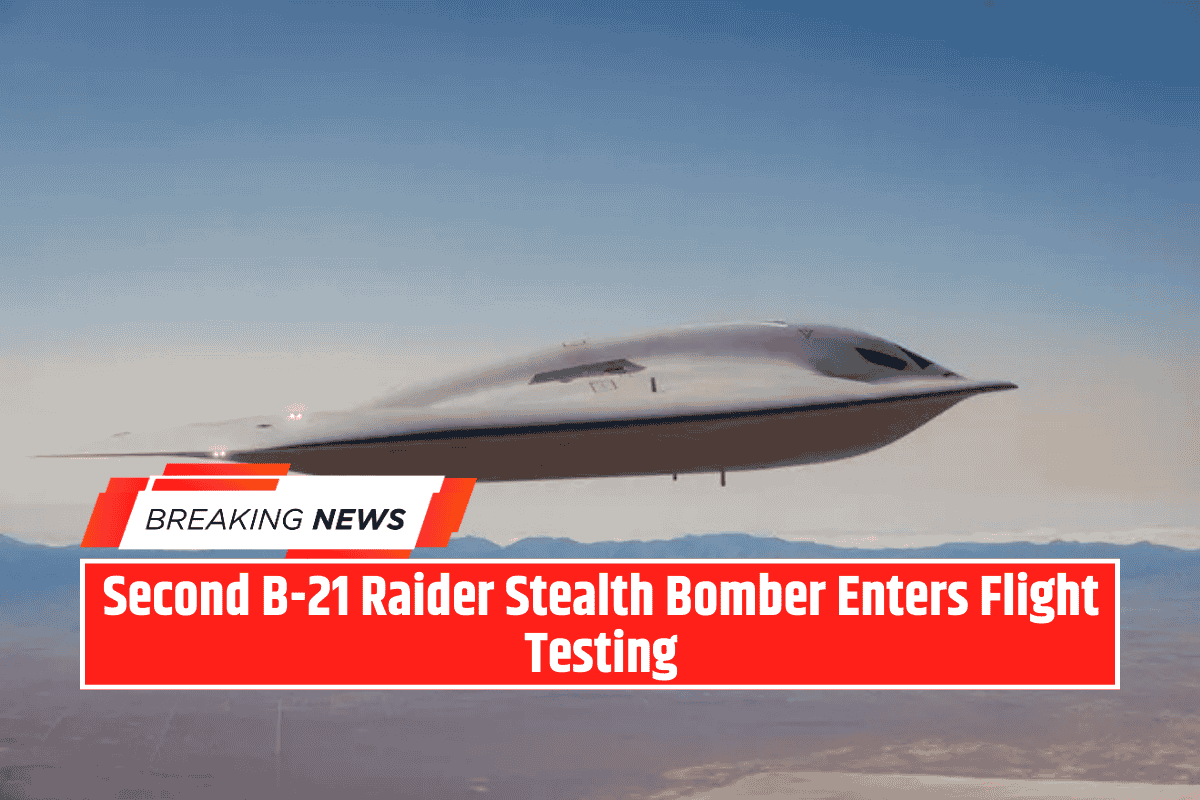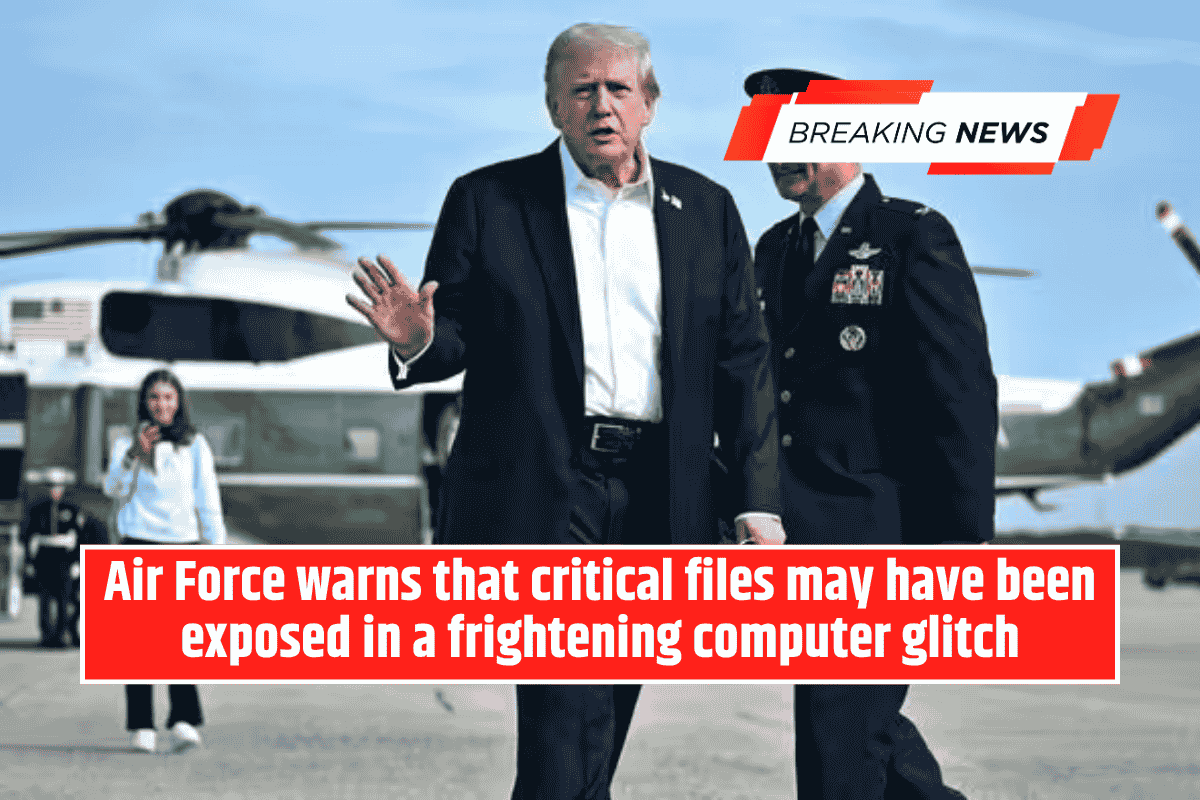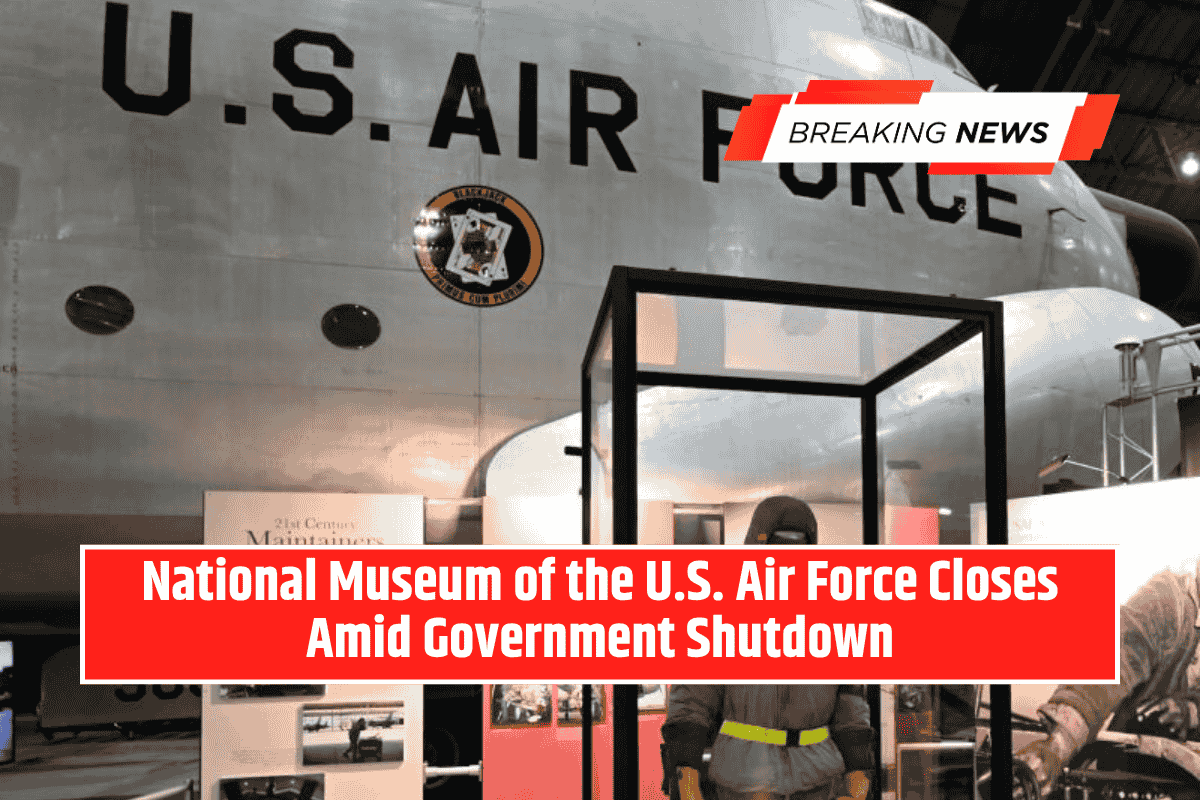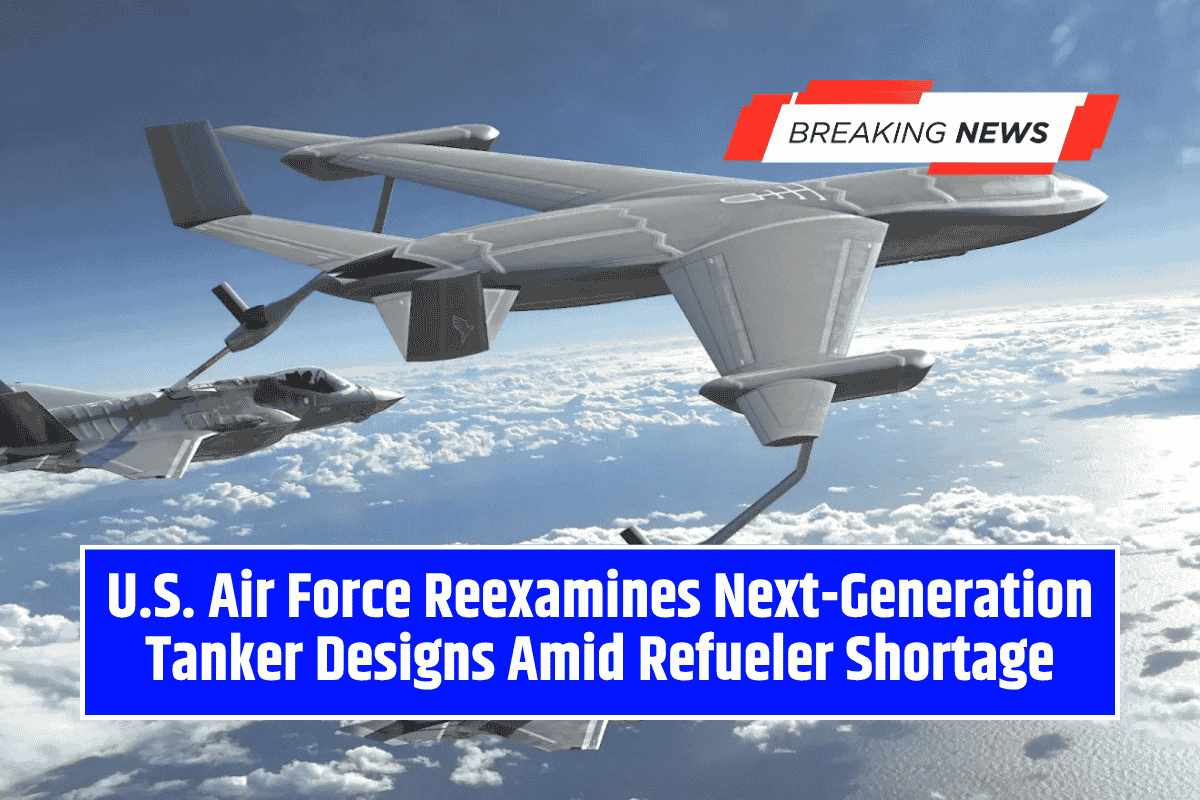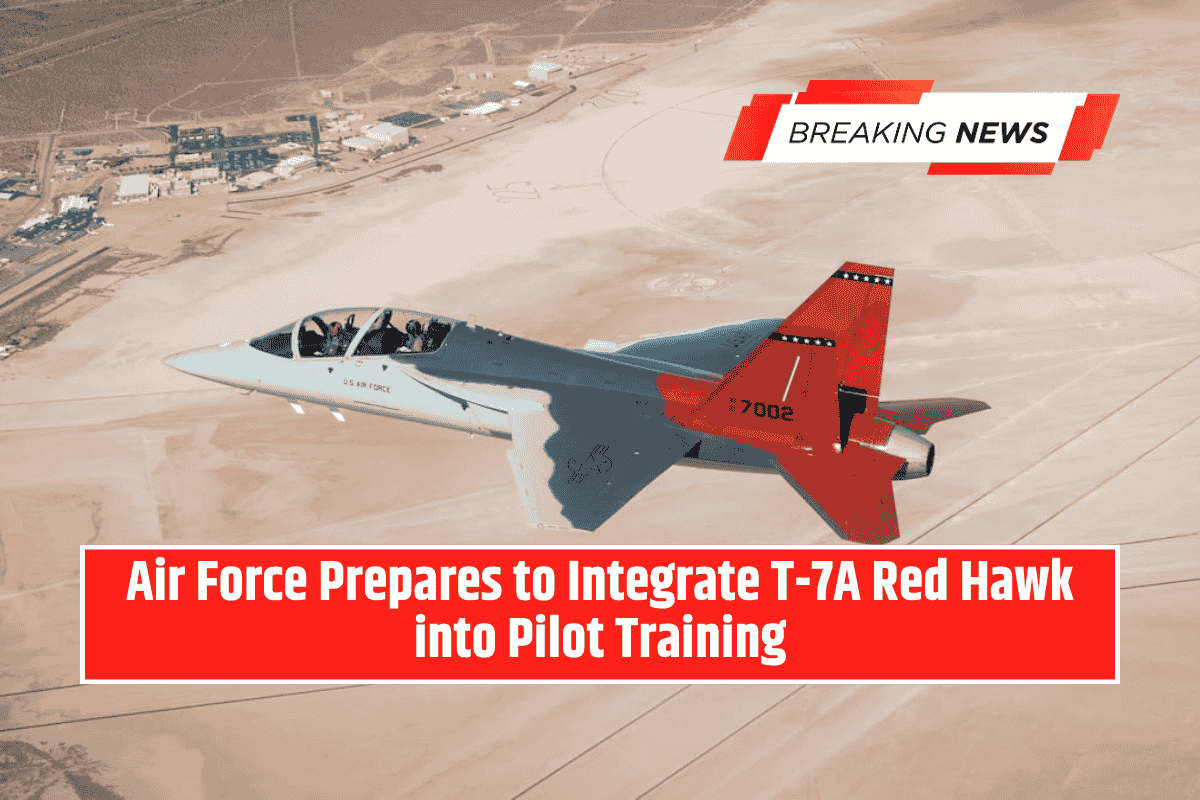The U.S. Air Force has confirmed that the second B-21 Raider stealth bomber has entered flight testing in California.
Developed by Northrop Grumman, the Raider is set to replace the aging fleet of B-1B Lancers and B-2 Spirits, solidifying America’s long-range strike capabilities for decades to come.
Maiden Flight and Testing Progress
On September 11, the second B-21 conducted its maiden flight from Palmdale, California, where Northrop Grumman’s Plant 42 facility is located. The aircraft flew several hours before arriving at Edwards Air Force Base, where it joined the 420th Flight Test Squadron.
With two B-21s now flying, the Air Force can accelerate its test campaign, including simultaneous evaluations of mission systems and weapons capabilities.
Cost and Strategic Role
Each B-21 is estimated to cost $692 million (in 2022 dollars), underscoring the scale of investment in the program. The bomber is designed to carry both conventional and nuclear weapons, ensuring its role in strategic deterrence and combat effectiveness.
Secretary of the Air Force Troy Meink noted that the second bomber’s arrival provides “substantial momentum” to ongoing testing efforts.
Nationwide Basing and Infrastructure Plans
Flight testing of the first B-21 began in May 2024 at Edwards AFB, marking the start of a phased rollout. Infrastructure projects are already underway across the country to support future operations:
- Ellsworth AFB (South Dakota): first main operating base
- Whiteman AFB (Missouri): future base
- Dyess AFB (Texas): future base
Looking Ahead
With at least 100 B-21 Raiders planned for production, the program is poised to redefine U.S. long-range strike capabilities.
The ongoing test campaign will ensure the bomber meets requirements for survivability, advanced mission systems, and operational readiness in contested environments.
